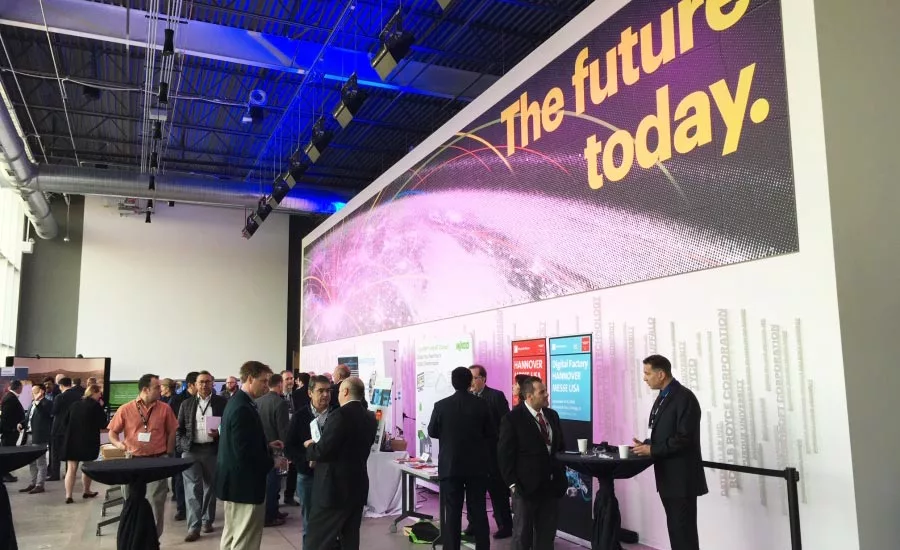Editor's Note
Digital tools can transform food and beverage production
Digital tools offer food processors greater flexibility, efficiency

A few weeks ago, I was in a mall and had a strange thought, “Will malls be around in the future?”
There is a crisis going on now in the retail industry. According to the Wall Street Journal, the US could have more than a billion square feet of empty retail space in the next five to 10 years.
Lots of companies are reimagining what these vacant swaths of land might be used for. Some brands are focusing on creating in-store experiences for customers. A few malls have begun to house gyms and virtual reality activities.
Although it wasn’t a mall, I recently toured the former Denver airport structure, which now hosts a collection of local and artisanal producers, including a craft brewery, a winery, a cold-brew coffee shop and a specialty chocolatier.
So what other industry might be drastically changing?
Toward the end of last year, I attended an experiential learning workshop hosted by the Digital Manufacturing and Design Innovation Institute located in Chicago. The DMDII is a collaboration with UI Labs, which was formed to bring universities, industry and civic organizations together to drive innovation and tech-based economic development in the Midwest.
The event was designed to introduce new digital tools available now that can transform the manufacturing environment and redefine how people, processes and equipment function in future plants.
Among the solutions was OPS Solutions’ Light Guide Systems platform, which demonstrated that even manual-intensive manufacturing processes can be digitized by using a combination of overhead projectors, motion detectors and monitors. An operator stands at a workstation and must follow a sequence script, such as grabbing a part from the correct bin. If sensors detect the right part was picked, the operator can advance to the next step, but if the wrong part was picked, the process will stop until the step is done correctly.
Another featured company, Upskill, displayed how its augmented reality platform connects workers to management, maintenance and information. Through smart glasses, operators can access step-by-step instructions in their line of sight. Also, the device has the ability to communicate information between two parties: for example, an operator who is facing an equipment problem and the maintenance personnel that can guide the operator through the fix.
So yes, the food and beverage processing world will be changing. But it looks like a promising future, one where problems can be instantaneously reported and acted upon, and operations are more efficient.
And, of course, I would be remiss if I didn’t add in a plug for the Food Automation & Manufacturing Conference happening this April. I can think of no better way to prepare for the future than by listening to leaders in the food and beverage industry discuss how they are charging into the digital age.
Looking for a reprint of this article?
From high-res PDFs to custom plaques, order your copy today!






